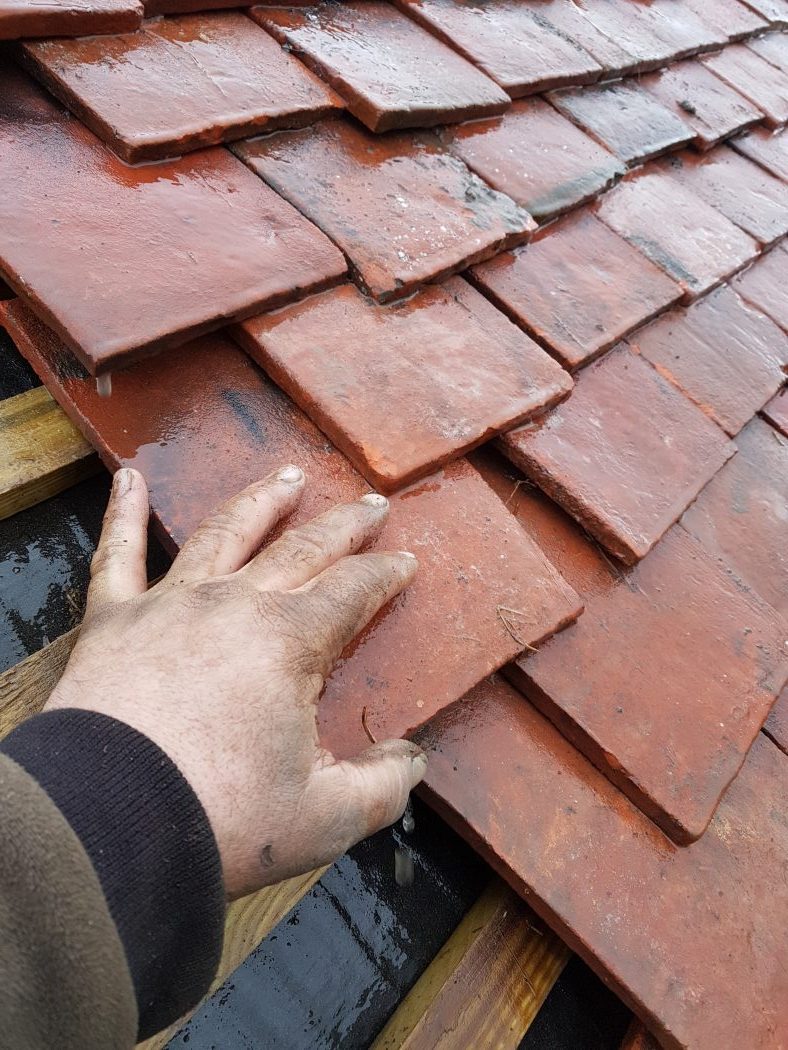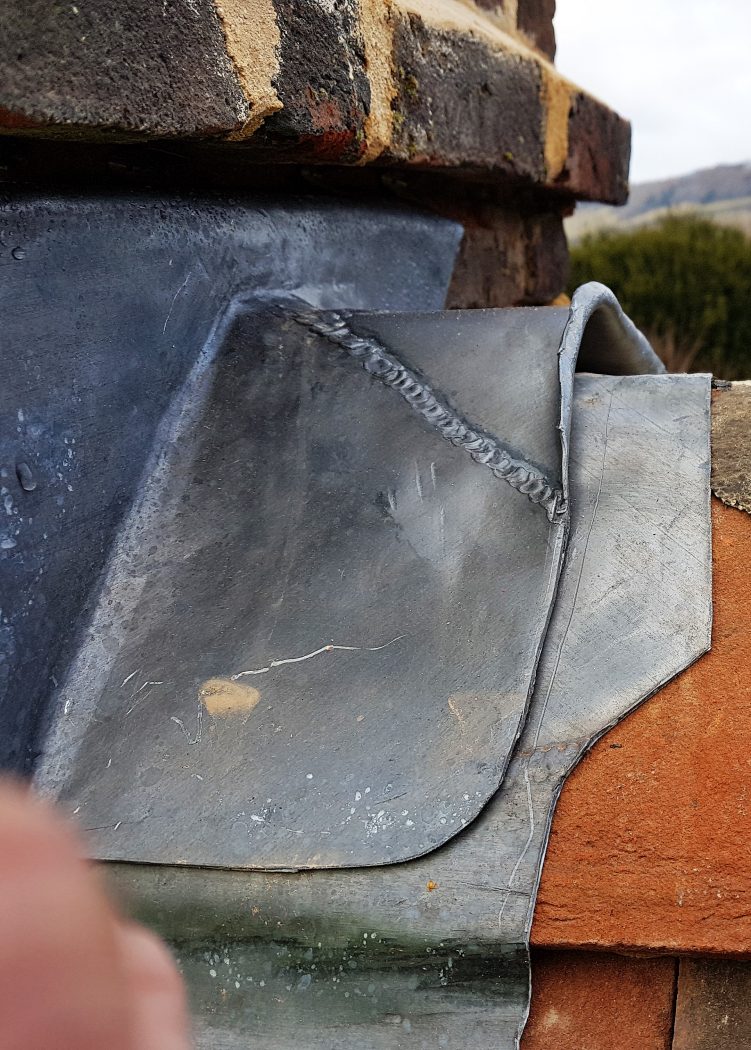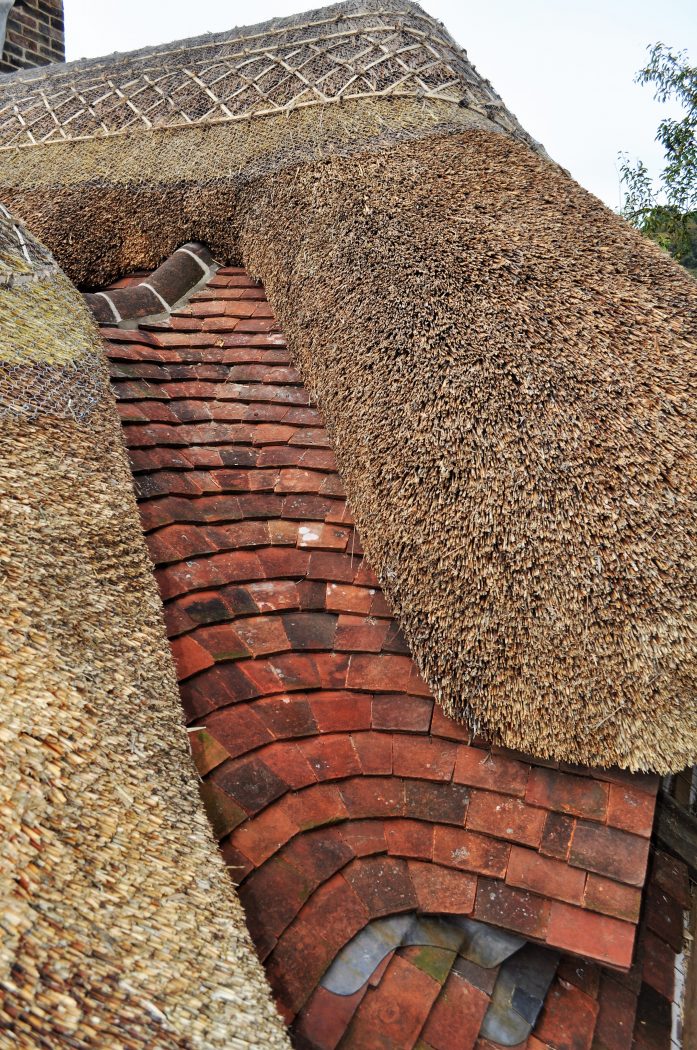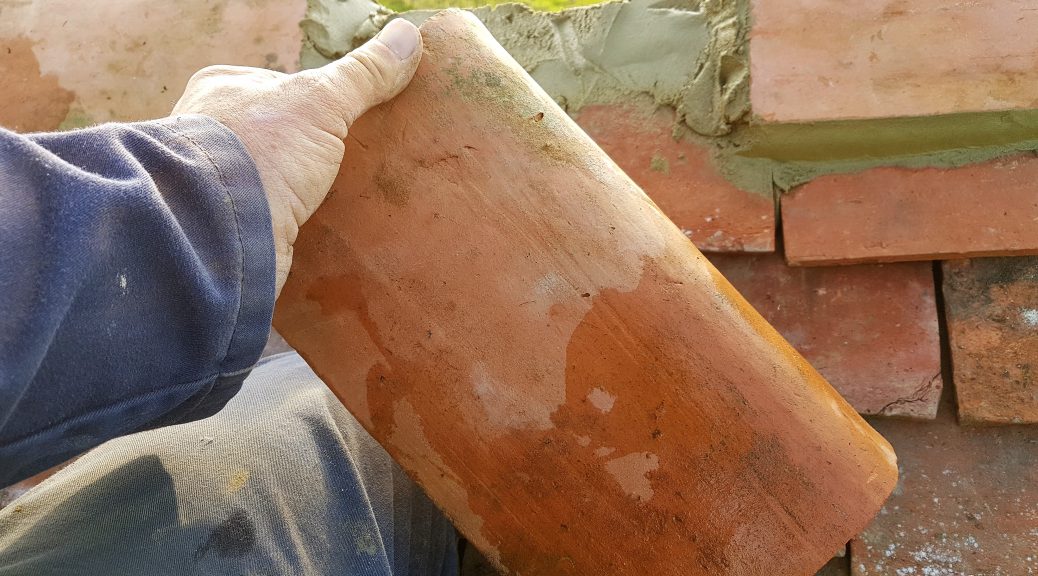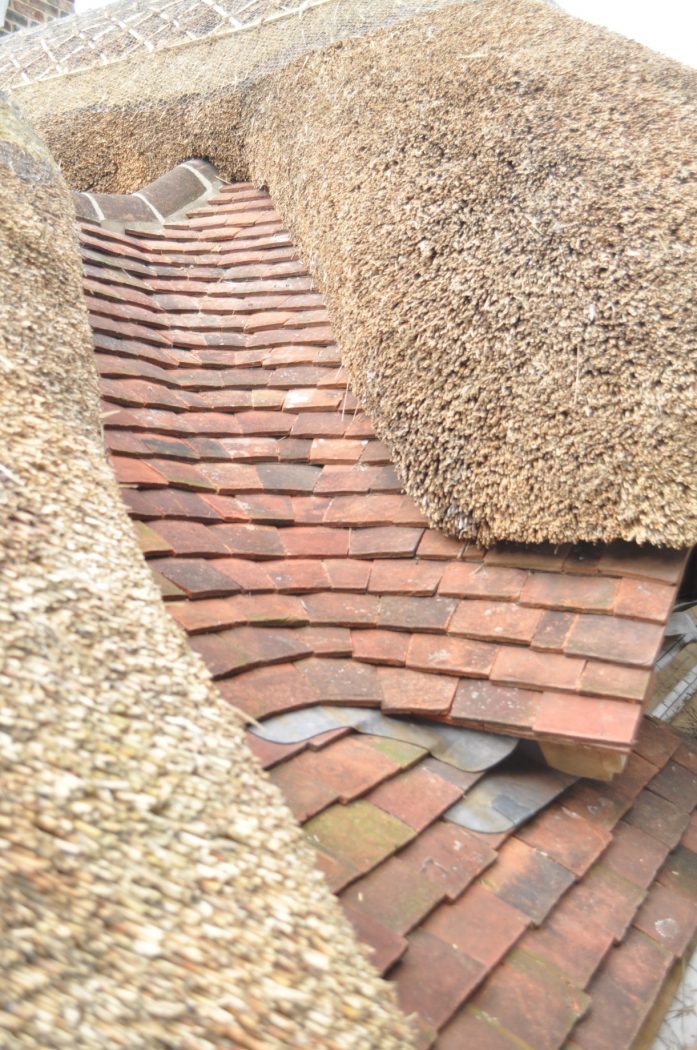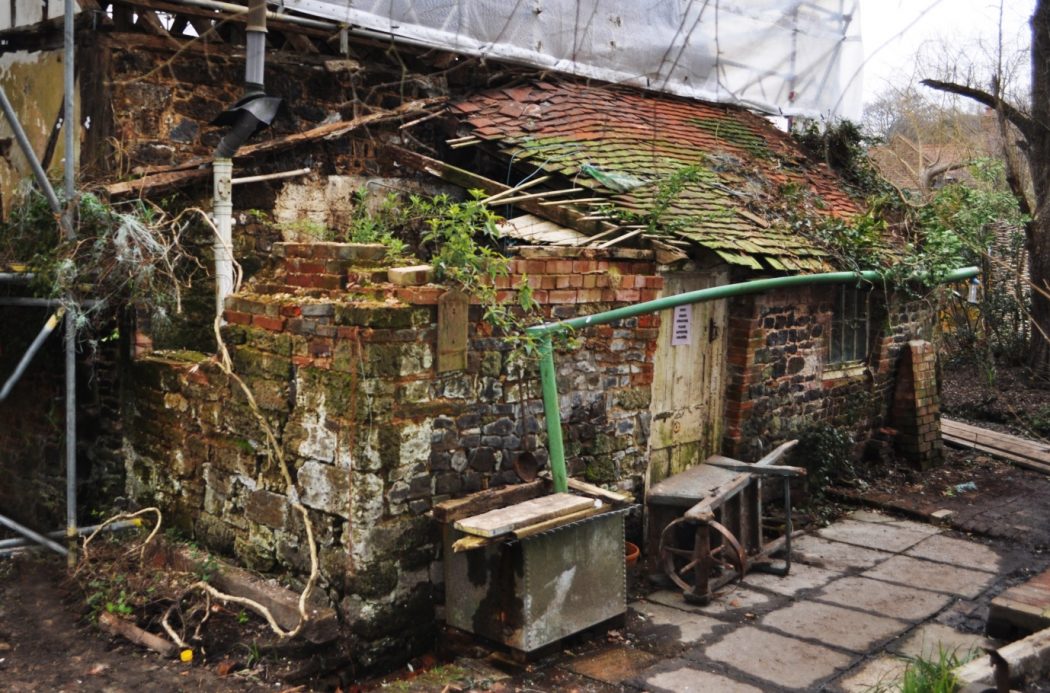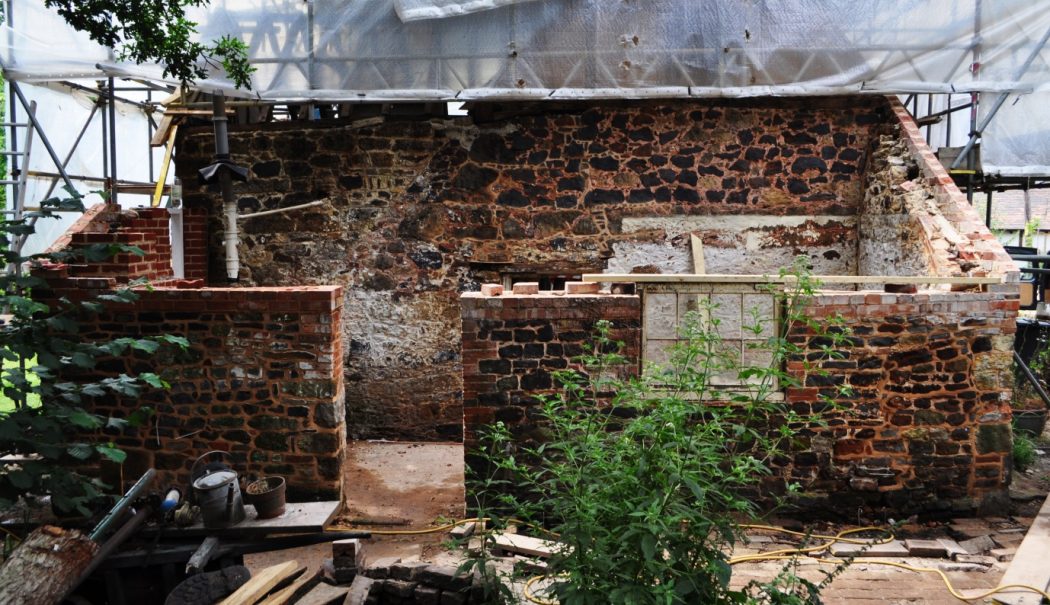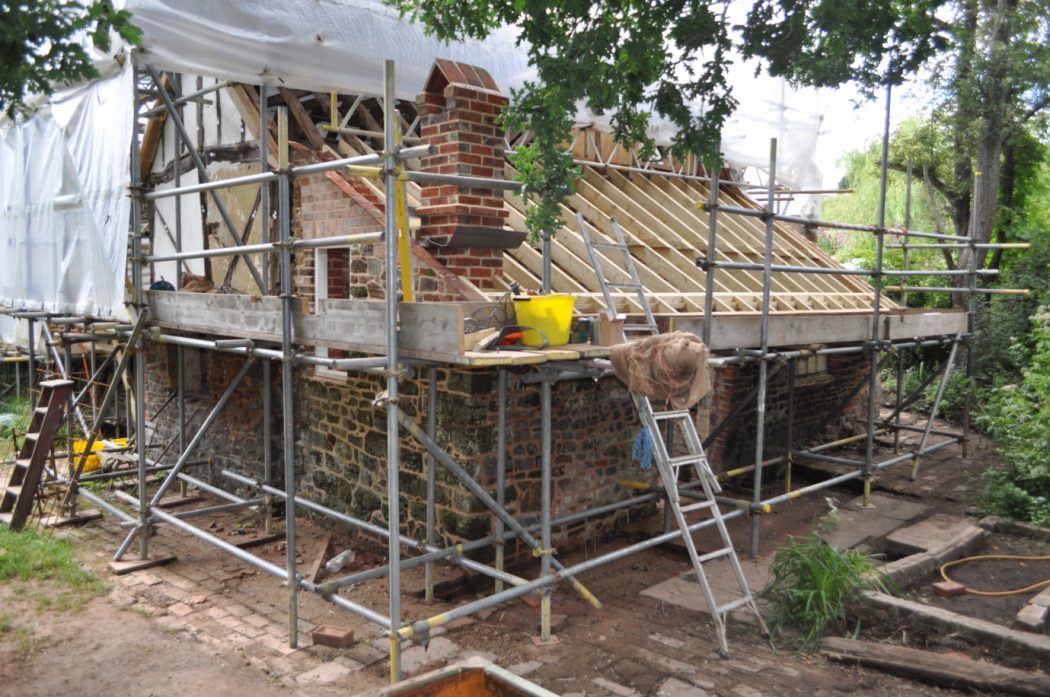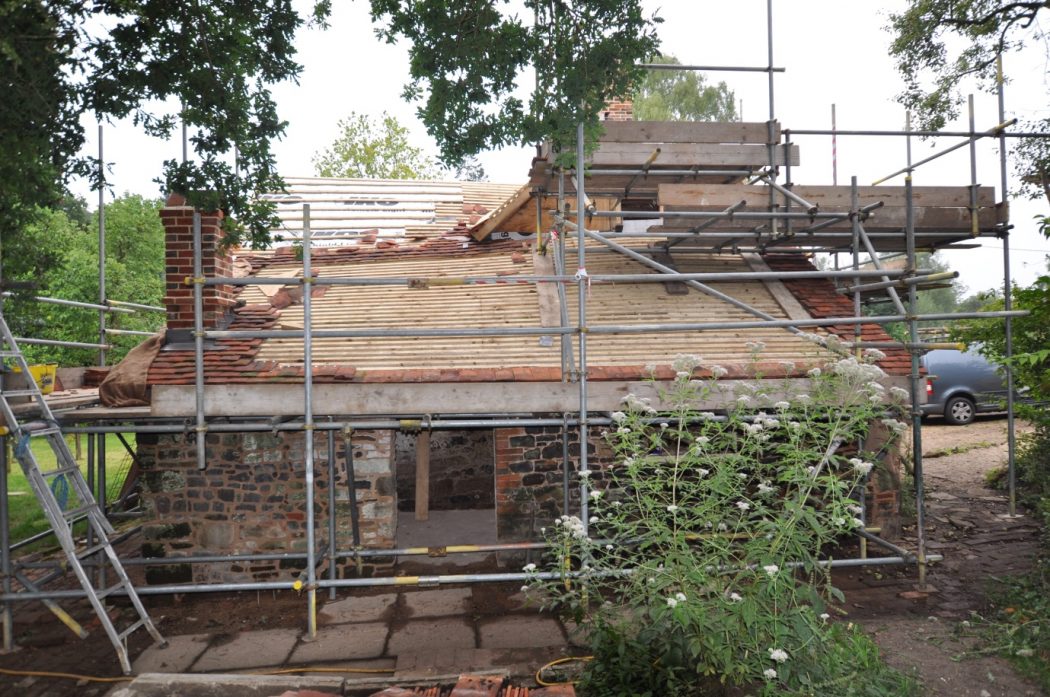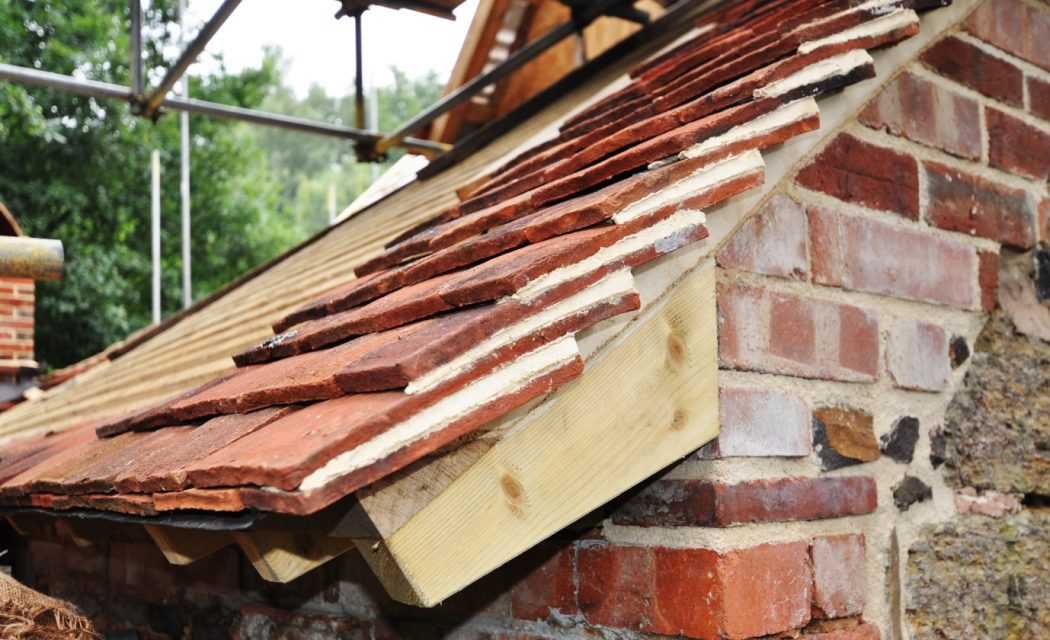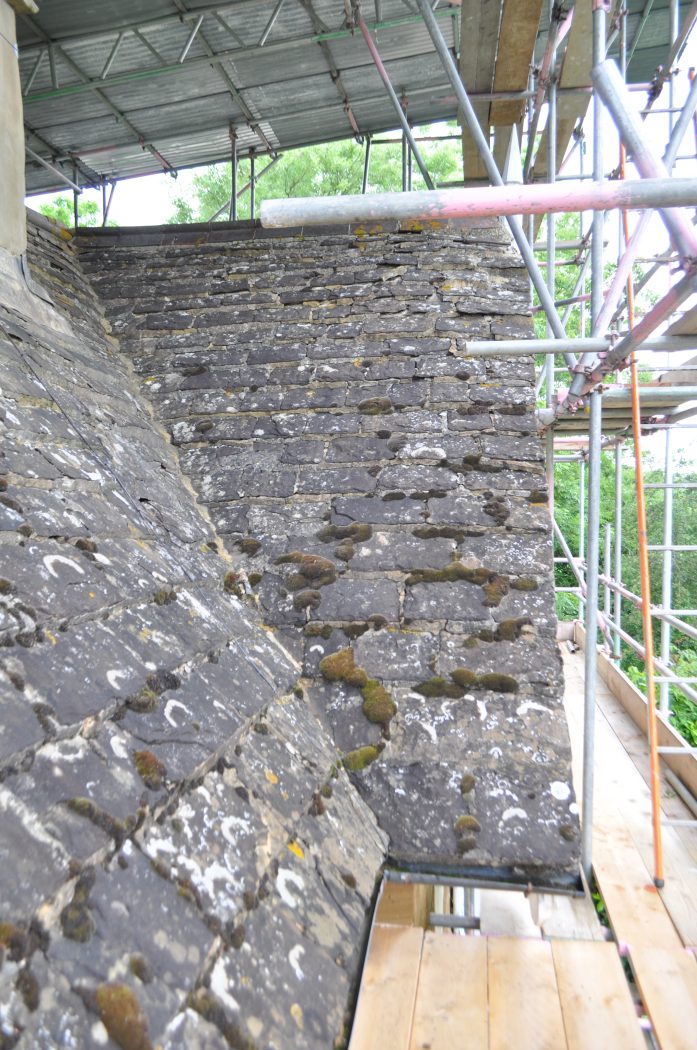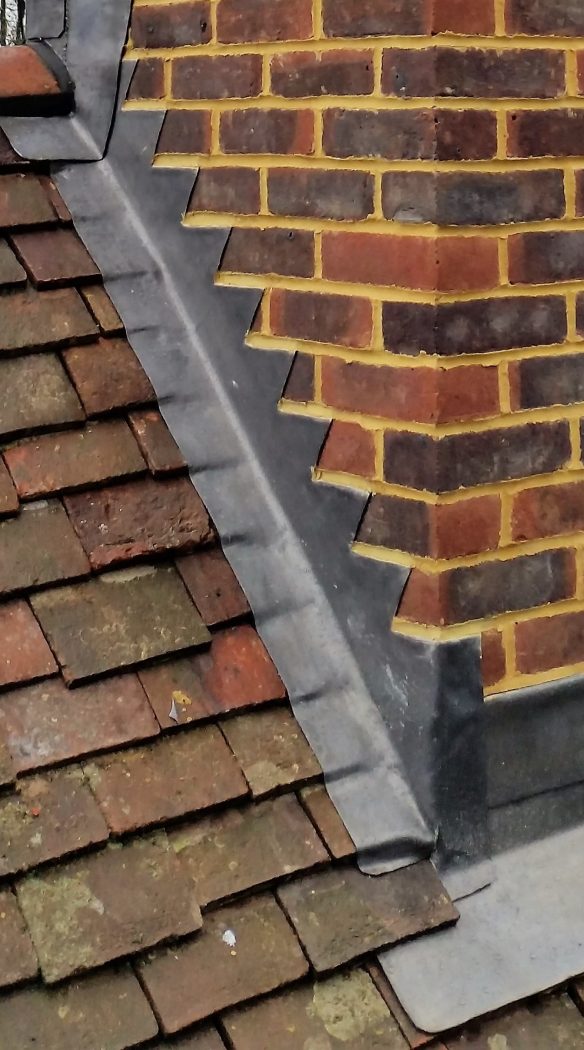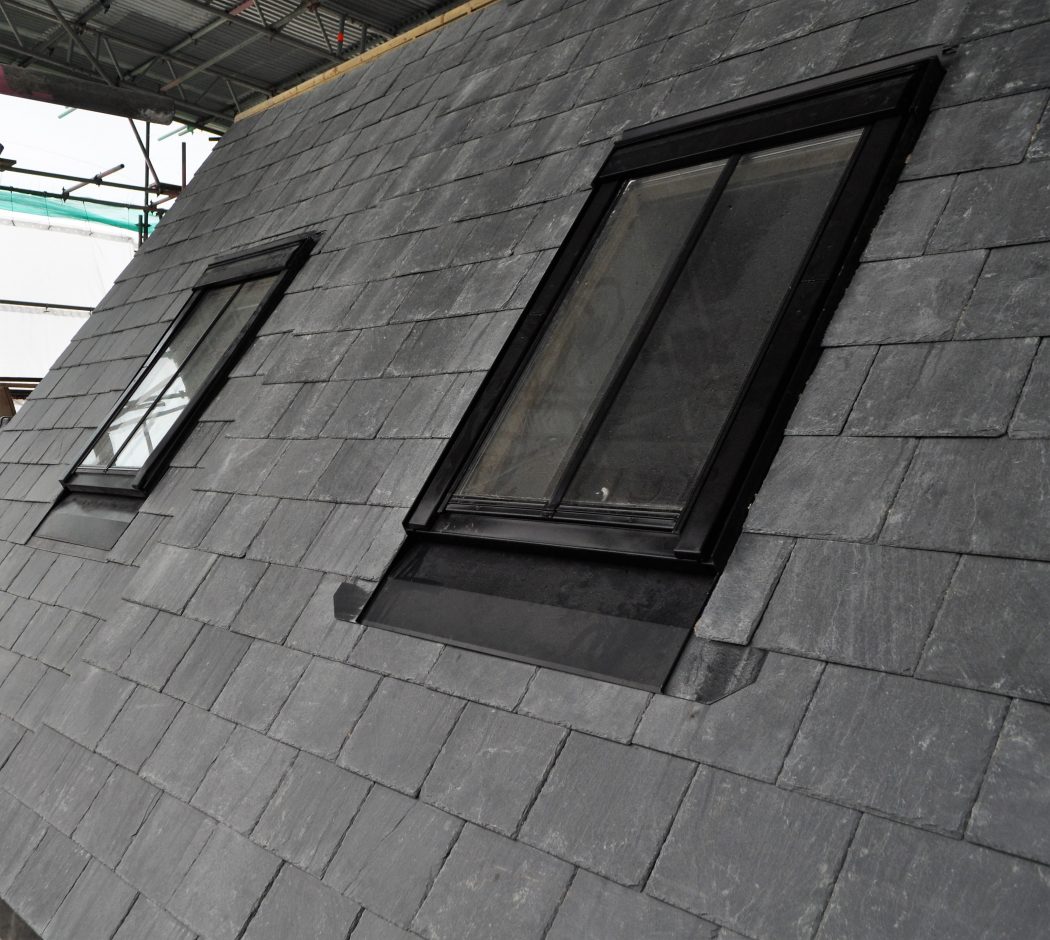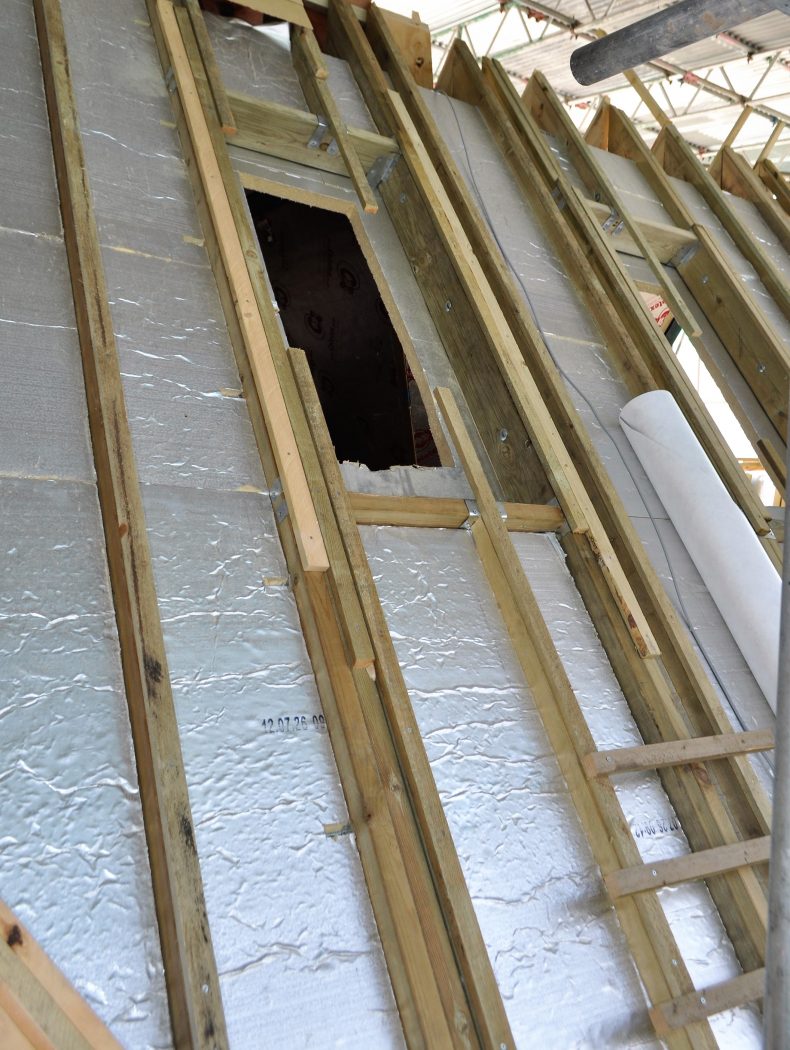Plain clay tiles slates and lead
There is probably no single element of a building more relied upon to keep the building dry. I’m sure we are all familiar with someone saying they were woken up at night by the rain on the roof! Despite this I find that the roofs of old and often historic houses are frequently given very poor maintenance. There is no end to the horrors I have encountered over the years.
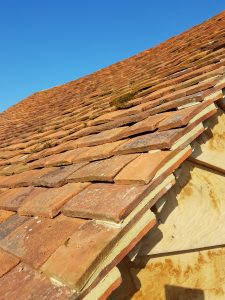

Visually the roof of a building accounts for as much as 50% of its appearance or maybe more it is therefore vital that roofing work is done correctly. We have a saying in the industry that is, a building needs “a good hat and boots” I will discuss the boots in another article so for now let me share my thoughts on the hat.
The slope angle of the roof is referred to as its pitch this can vary from almost flat and level to 80° or more. With regards to historic oak timber framed buildings the most encountered pitch is known as common pitch, this is created by cutting the rafter length to 3/4 the span which gives an angle of about 48°.
The pitch angle is extremely important to the ability of the roof to shed water. The roof covering has to be compatible with this angle. Generally we will encounter two main types of roof covering, these are plain clay tiles and natural quarried slate. The plain clay tiles need a minimum pitch of 35° to work effectively. The steeper 3/4 pitch mentioned above is therefore just about perfect for the older plain clay tiles. Roofs lower than 35° pitch roofs were almost always done in slate; the endless rows of townhouses built during the Victorian period are great examples of this.
We undertake roofing work on both tiled and slate roofs and have many years’ experience of both. It is important to carefully match the style, size and shape of replacement tiles and slates if the job is to be a success.
It’s not uncommon to undertake insulation work to the roof at the same time. Please contact us for more on this.
Leadwork flashings
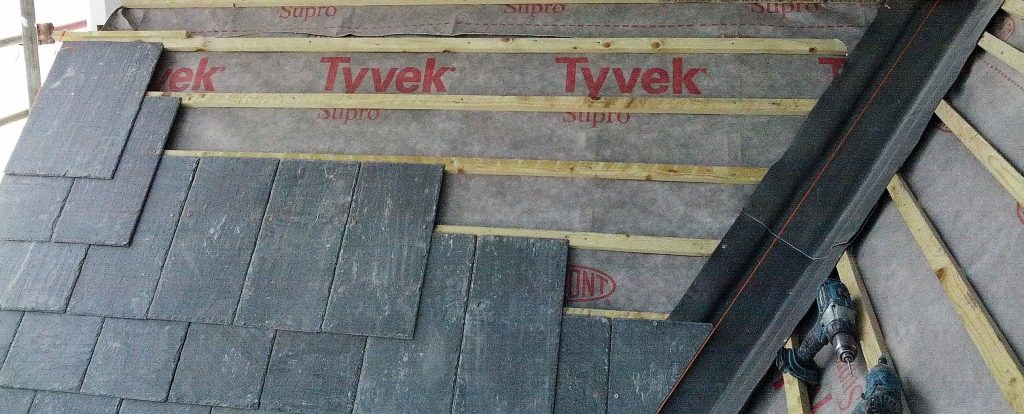
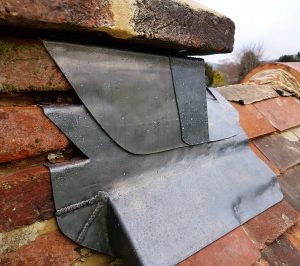
Any roofer worthy of the name should have a highly developed level of lead working skill. The leadwork details “bridge the gap” between the walls, chimneys, pipes and other protrusions and abutments that one encounters on roofing work. Without the needed skills in leadwork a perfect tiling or slating job will surely leak.
Good leadwork is almost artistic in its appearance, and suitably complements the surrounding roofing work. We spend a good deal of time creating leadwork details that are both functional and aesthetically pleasing.
Swepped Valleys
A clay tile valley laid as a “swepped Valley” below is a close up showing the basic layout. Note the alternate courses of 6 cut tiles followed by 7 cut tiles.

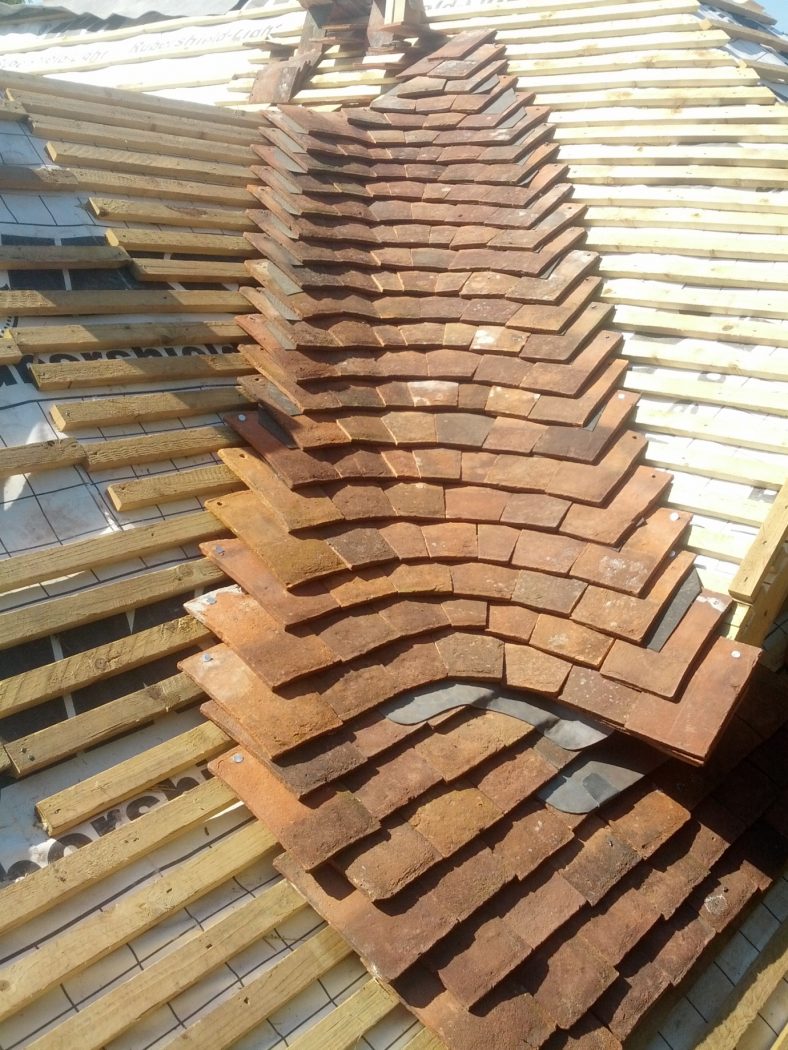
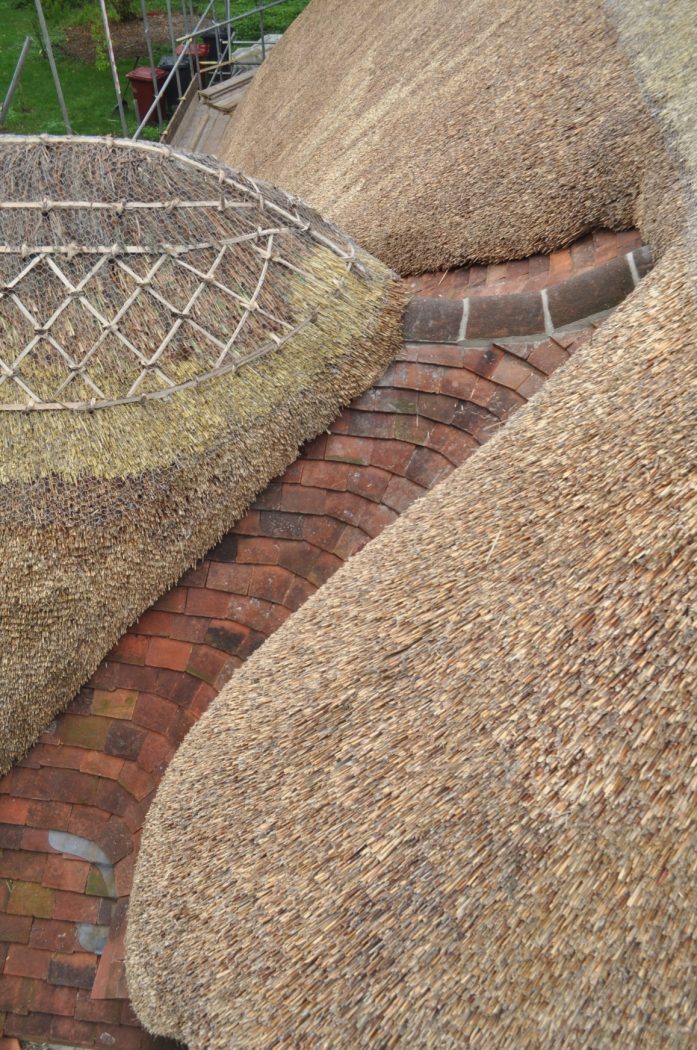
Tilers top tip!
Ok, here is the problem… It’s a conservation job and as such there is no chance of using tile and a half on the verge. The overhang is about 2”or thereabouts and so the cut tile has almost no support from the batten and there is no under cloak as you are matching in with the original design. So take a look at this, by cutting the tiles as shown the problem fades away, the half tile is now resting on the batten and is far better supported…
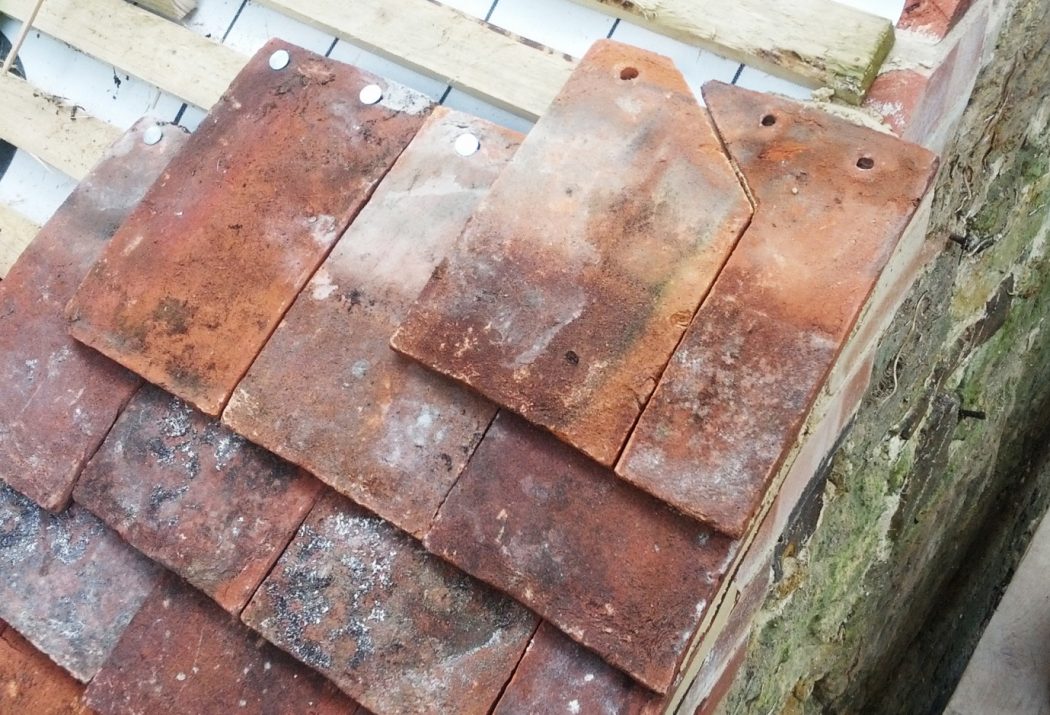
Please look at the pictures here to see some of our roofing and leadwork projects, if you would like us to undertake roofing or lead work on your property please contact us here.
